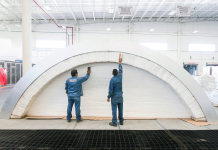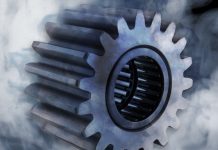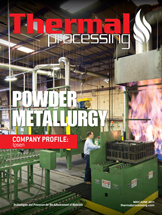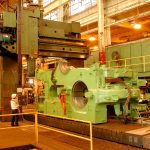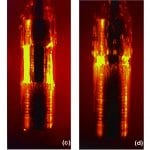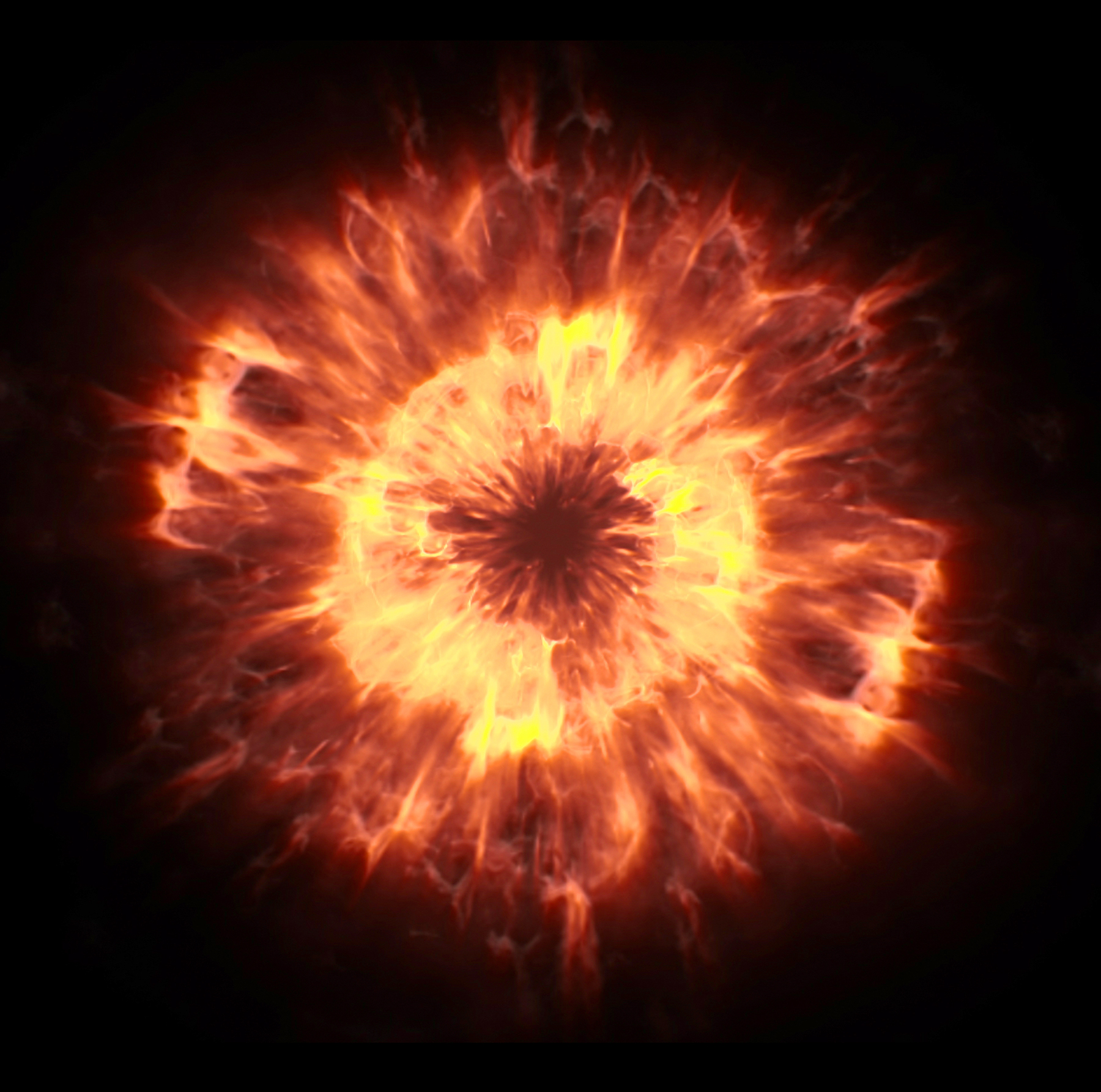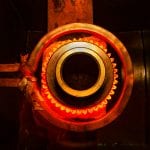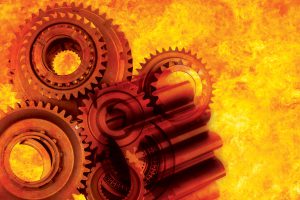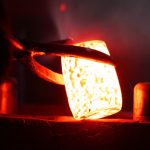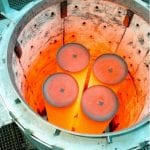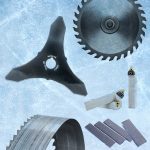Refractory engineers remain under constant pressure to increase the performance of furnaces, incinerators, and reactors to maximize energy efficiency. Although there are many materials that can enhance the efficiency of furnaces, many still lose heat when in operation through flue gas, excess moisture in fuel, or continued opening of the furnace door. This is preventing many engineers from realizing maximum energy efficiencies, causing businesses to focus their attention on reliable insulation and lining of furnaces — from the floor to the stack — to contain as much heat as possible during operation. Many companies are responding to this challenge with a variety of lightweight, energy-saving solutions with unique refractory designs that significantly minimize heat loss in these units.
The central processing unit in many refineries and petrochemical plant furnaces consumes more energy than any other piece of equipment, making it essential that all the correct measures are put in place to realize as much energy efficiency as possible. An efficient furnace is key to reducing overall maintenance costs and ensuring that these facilities run smoothly without undue revenue loss caused by downtime.
The right refractory materials deliver a protective and insulating layer of heat resistance attached to the inside of the shell, hearth, and tap holes of a furnace. Not only does this protect furnace parts from extreme heat caused by smelting, but it also prevents excessive heat loss and can lead to greater overall energy efficiency. However, identifying the need for new furnace lining and installing the right material are not easy tasks. To achieve this, here are five tips for maximum furnace lining efficiency:
1. Use infrared (IR) thermography inspection to evaluate existing lining.
 Ensuring lining quality is critical to protecting the steel from heat and minimizing instances of heat loss. Furnaces that have developed cracks over time are prone to leakage. Some may also have design issues that are not visible from the outside, which can cause heat-loss issues over time. This is not uncommon with furnaces that have a painted surface.
Ensuring lining quality is critical to protecting the steel from heat and minimizing instances of heat loss. Furnaces that have developed cracks over time are prone to leakage. Some may also have design issues that are not visible from the outside, which can cause heat-loss issues over time. This is not uncommon with furnaces that have a painted surface.
In order to identify hot spots where the unit is leaking or reducing performance, infrared thermography scans are essential. This typically involves pointing an infrared camera at several points on the furnace casing to analyze the external temperature and identify any areas where heat loss is occurring. Although these can be conducted from within the furnace, such scans are more effective when performed from the outside, because this enables engineers to keep the furnace in operation. It is advised that specially trained application engineers carry out any infrared imaging, analyze the scans, and provide recommendations on the most appropriate repair options.
2. Make repairs on-line whenever possible to reduce downtime.
In the instance that an infrared thermography inspection reveals a need for repair, it’s recommended that this be done on-line wherever possible. This is the most effective method of maintenance and is reliable, fast, and economical, since the unit is still in operation. After all, boilers and process units are constantly generating revenue, so any downtime experienced will likely affect a business quite significantly. Of course, this option does depend on the temperature of the furnace, the difficulty of accessing a particular area, and the size of the hotspot.
For traditional repairs, the furnace must be shut down and cooled until it is safe for maintenance personnel to enter and repair the lining with fiber blankets, pumping solutions, or monolithics.
3. Carefully consider engineering design for efficiency.
In order to realize maximum operating efficiency for the materials specified for furnace relining, it is important to ensure that the engineering design is suitable. Not only must the materials have enough studs to hold them in place, they also require sufficient joints for expansion or shrinkage. If you install a brick lining without adequate expansion joints, the brick can grow so large that it pushes up the entire lining off the furnace wall. This will lead to further inefficiency, requiring the entire process to be repeated.
4. Select the right material for furnace rebuilds.
Some repairs identified by infrared thermology scanning can be too large to address on-line, and instead, the unit must be shut down for a furnace reline or process heater reline. In this scenario, it is important to select the right refractory materials to facilitate a successful furnace rebuild. This will lead to greater efficiency, reliability, and lower maintenance costs.
The best place to start when selecting this material is by using a heat-flow analysis software program, where temperature and use factors are input to obtain information on the best materials to be used. Properties including hardness, density, mechanical resistance, and insulating factor will vary depending upon the furnace application.
If it’s an older-model furnace, it will likely have a different type of insulation to what’s commonly specified today, presenting an ideal opportunity to upgrade when relining the furnace.
5. Ensure a successful installation.
The final point to consider when lining a furnace is to ensure that the installation is completed correctly by a skilled professional for the task. There are a number of products available for furnace lining, and all come with their own installation requirements. Getting this wrong will cause inefficient lining as well as waste a lot of money.
Take concrete, for an example of these specific installation requirements: If concrete is not mixed with the right volume of water at the correct temperature, the material will not develop properly, will be difficult to place, and is unlikely to reach expected properties. An ineffective or inaccurate installation is as bad as not having a good design and not making the right material choice. With these points done correctly, you can benefit from an effective and efficient furnace lining for many years to come.










